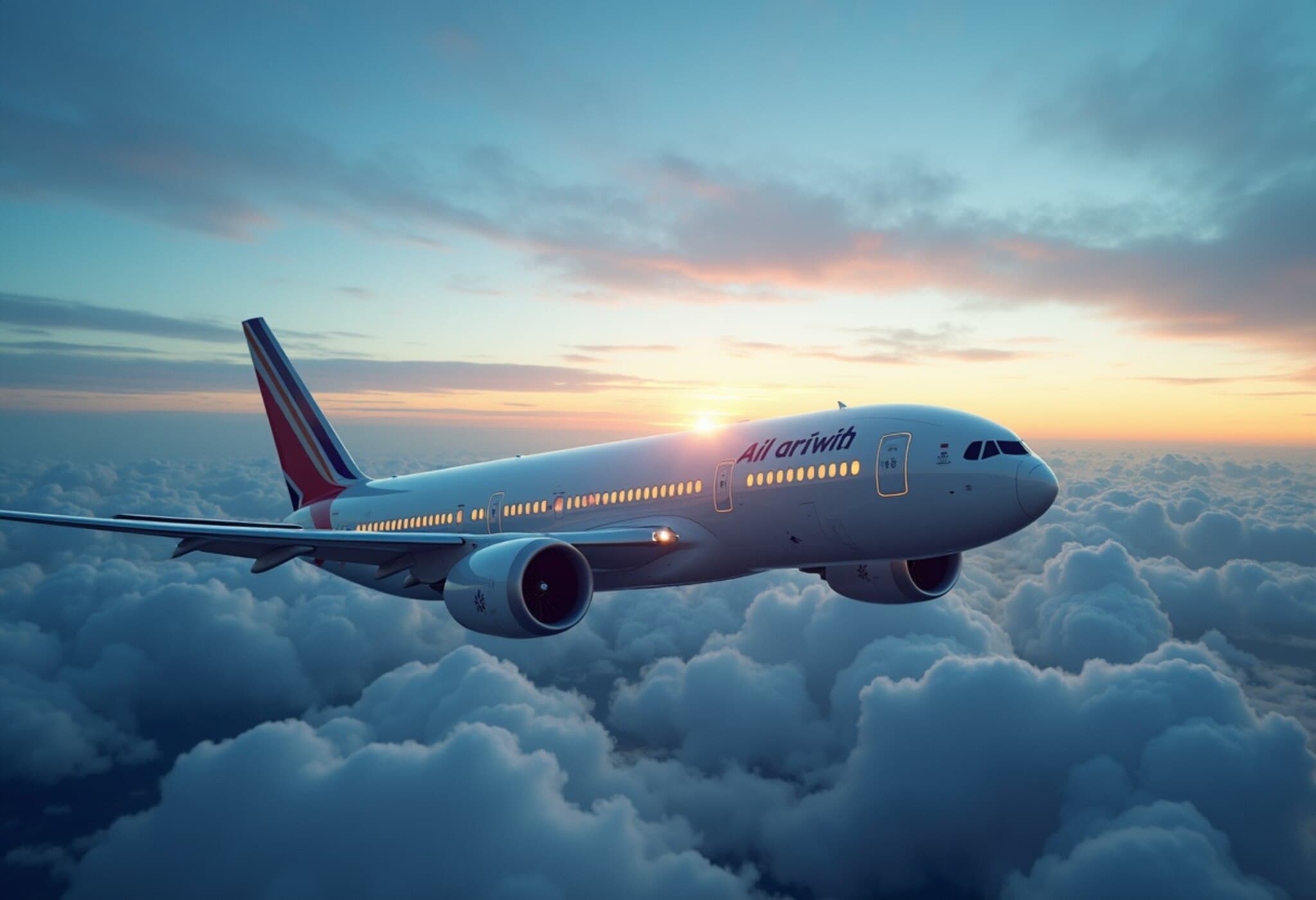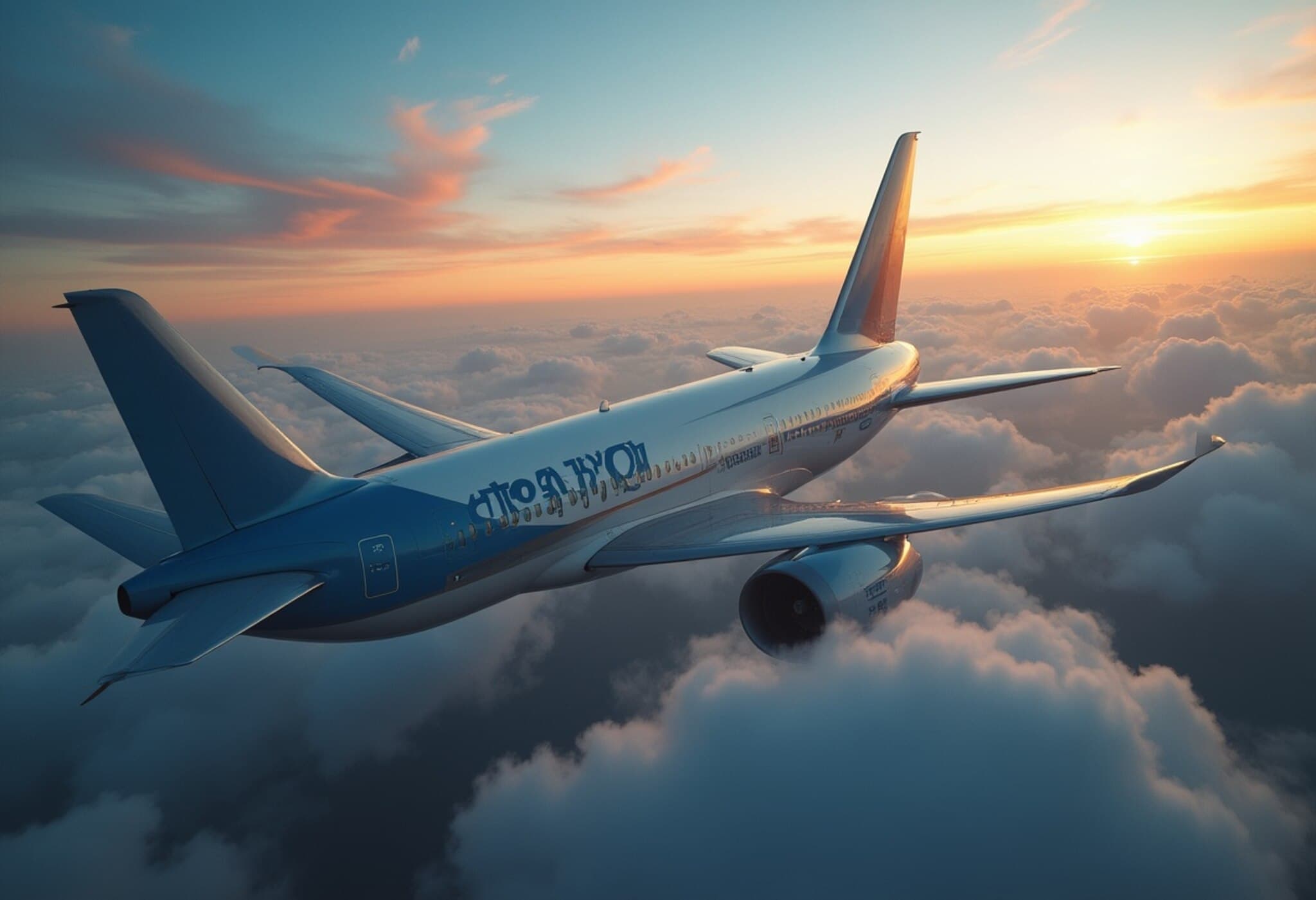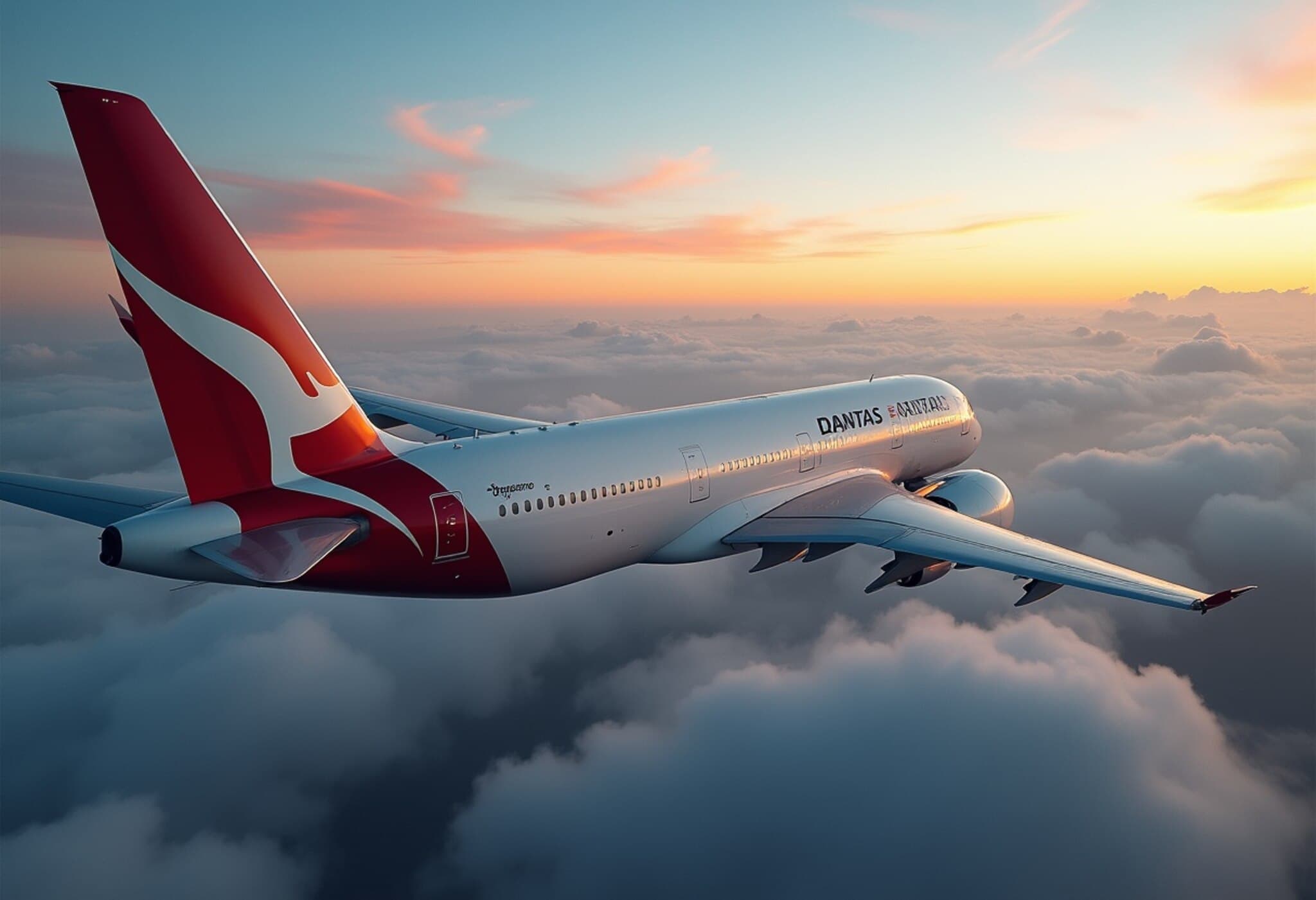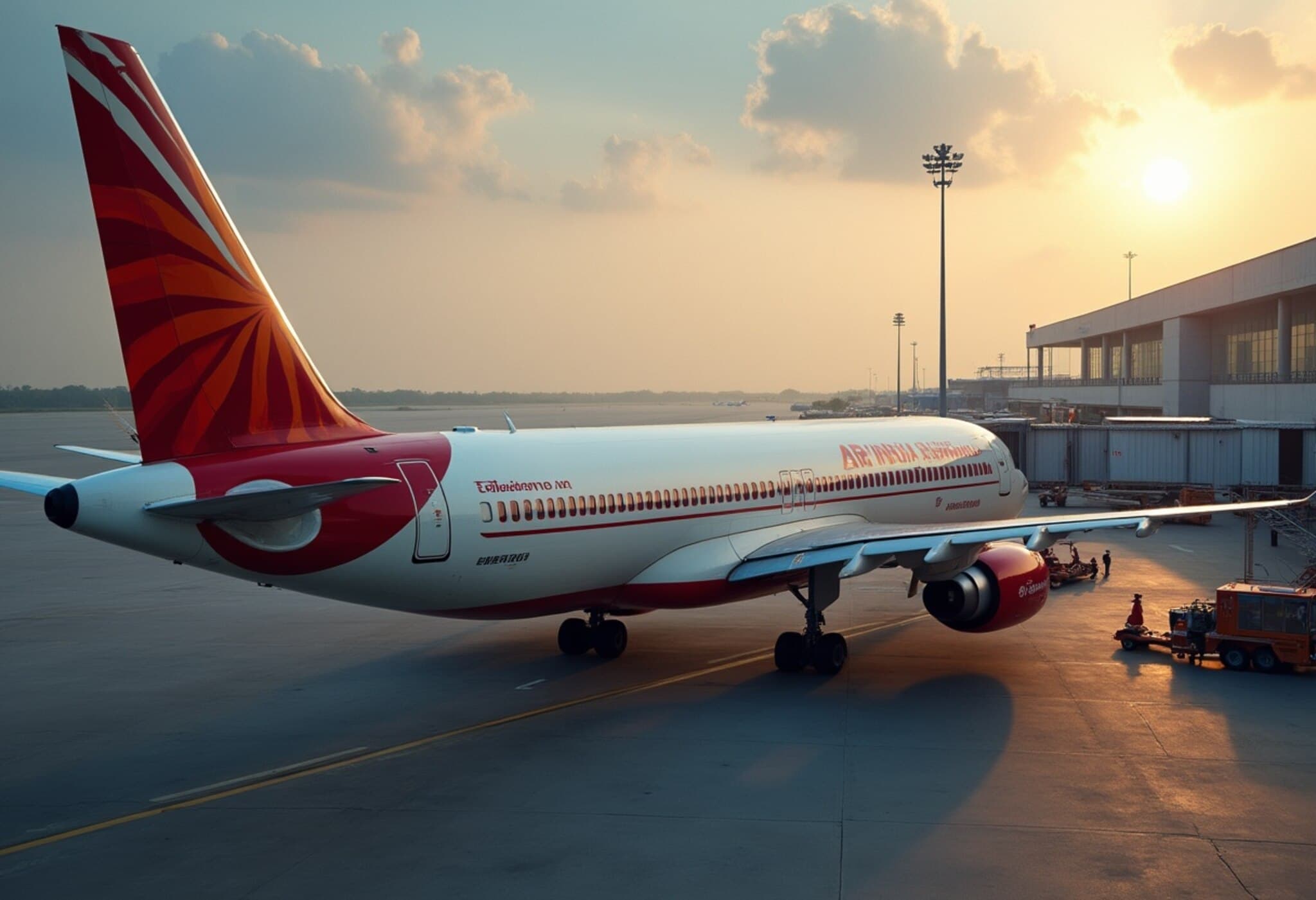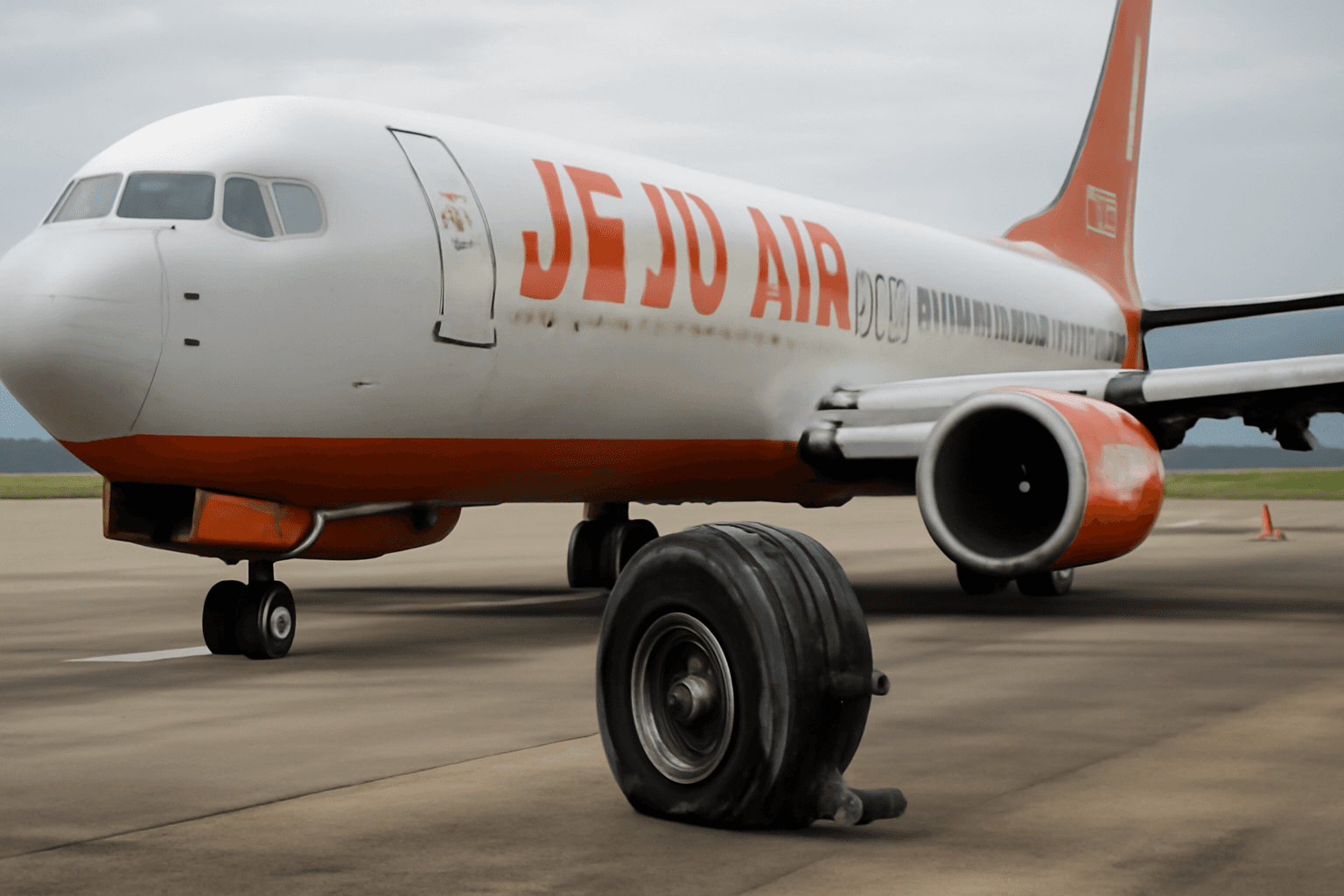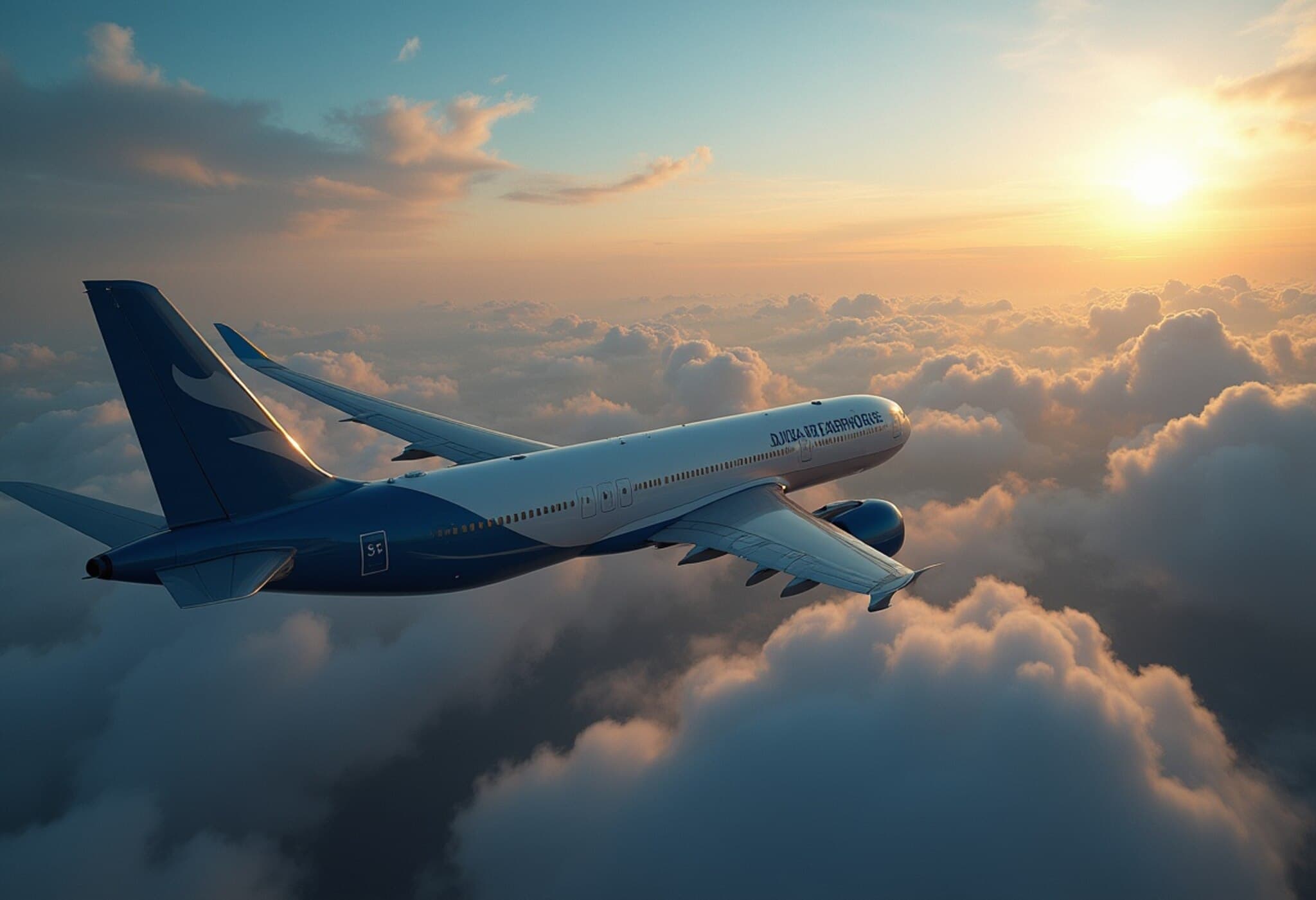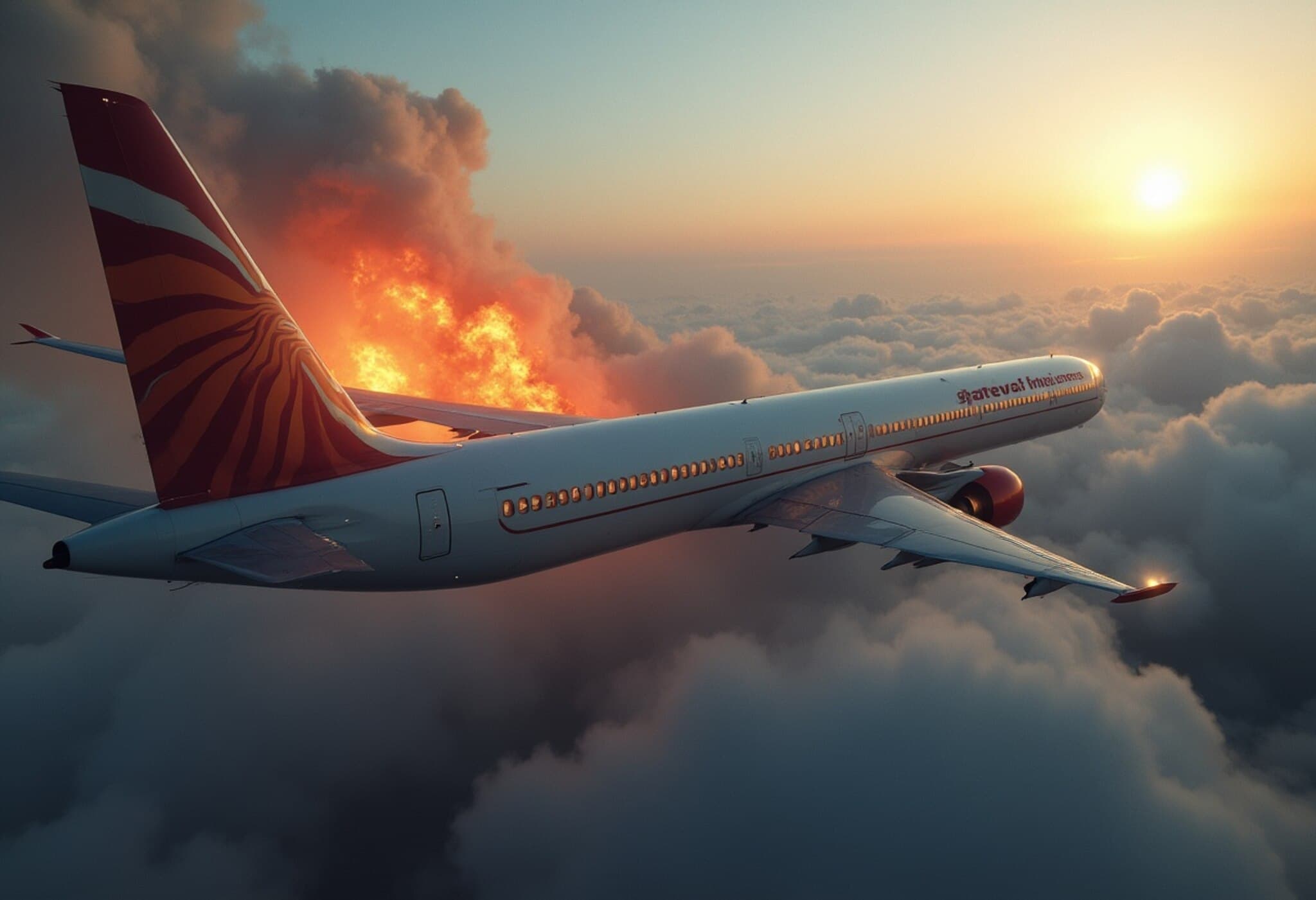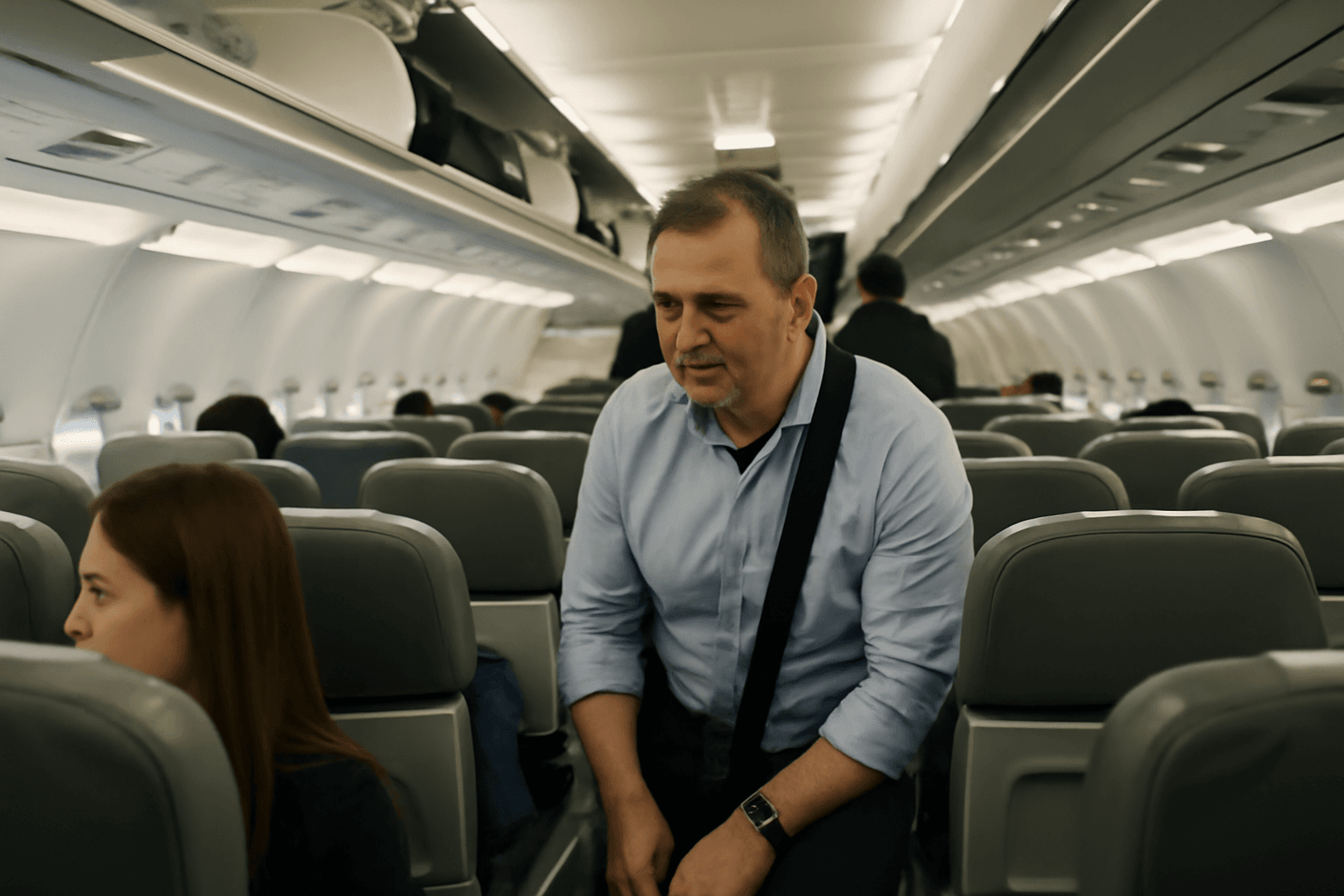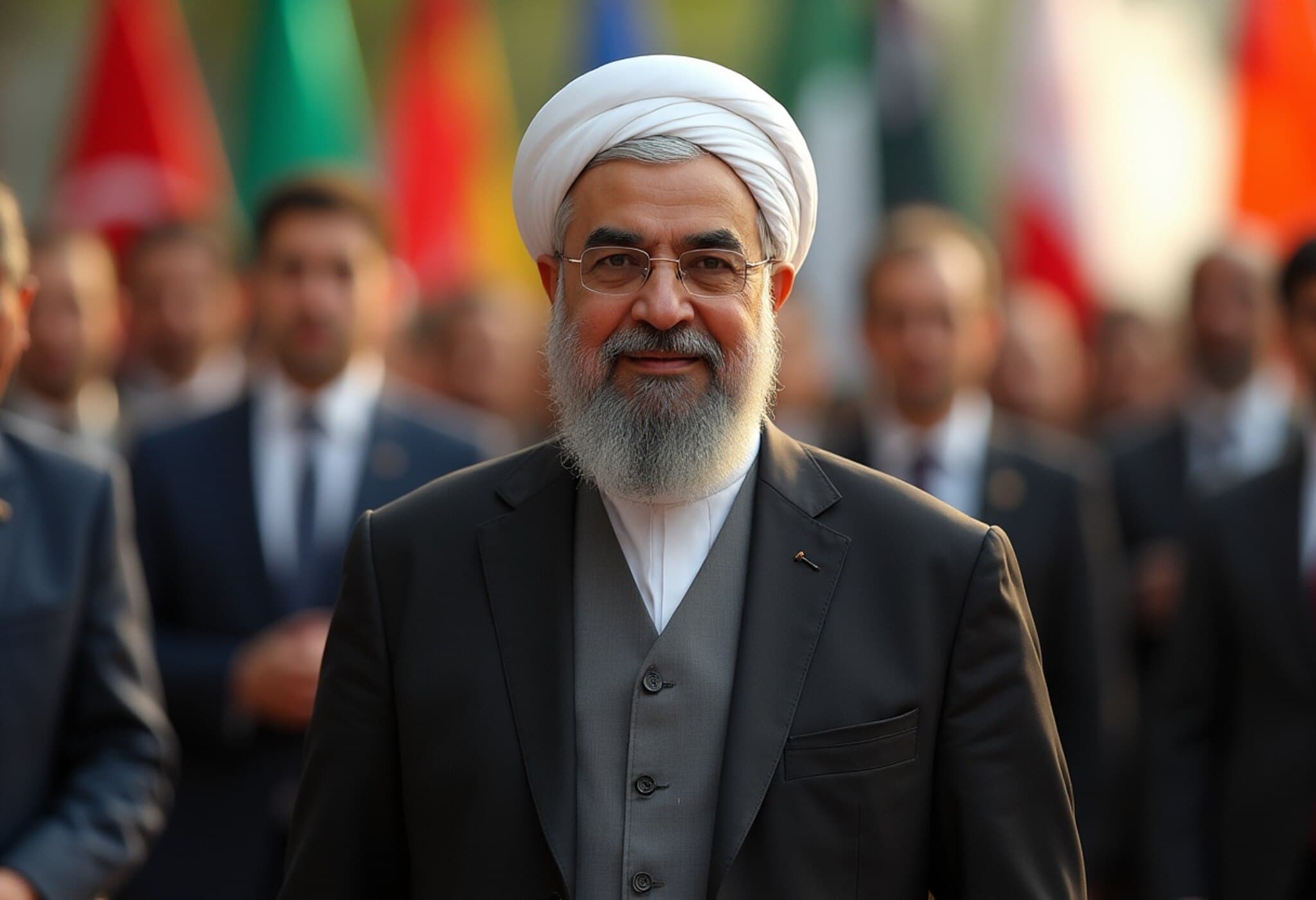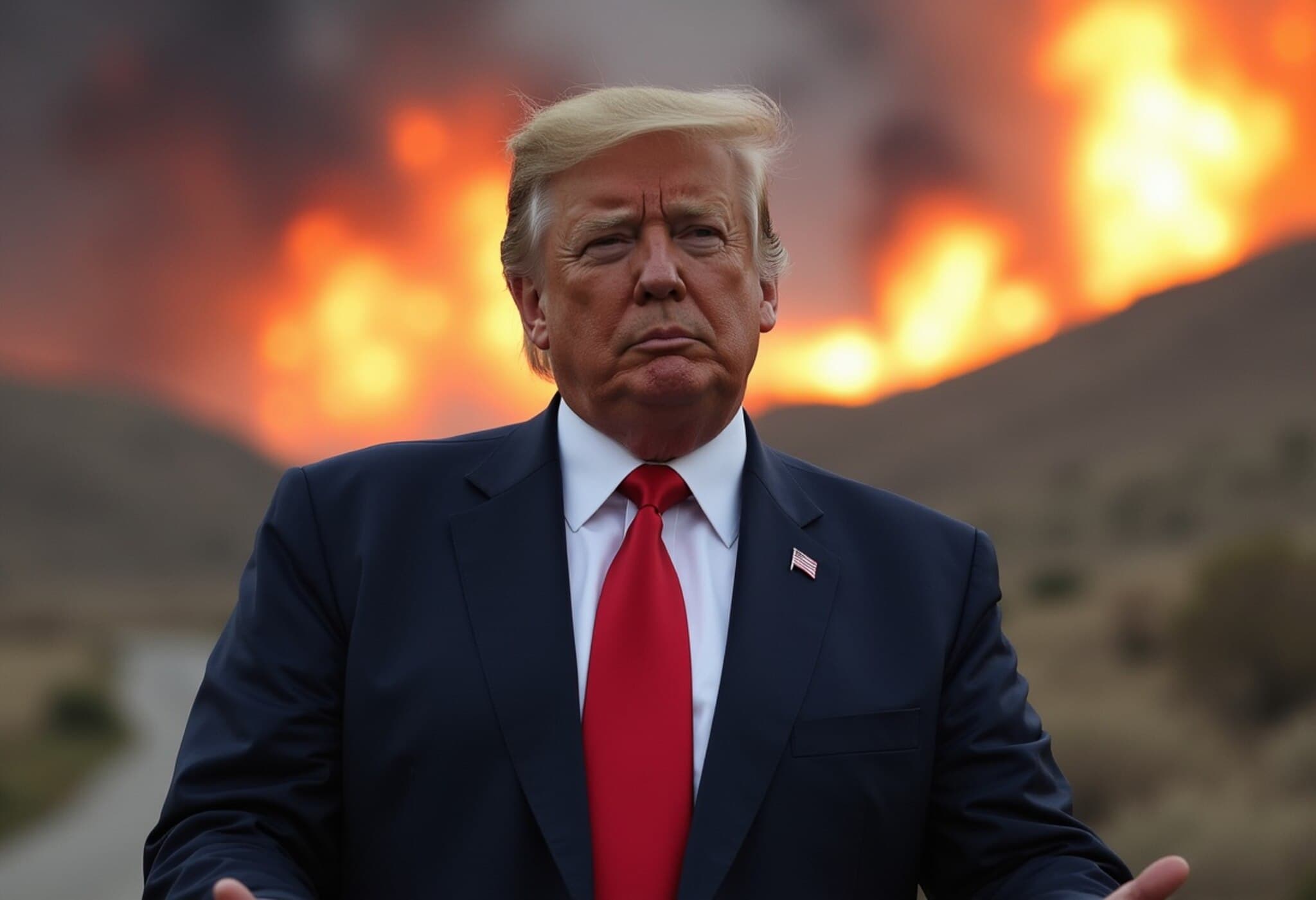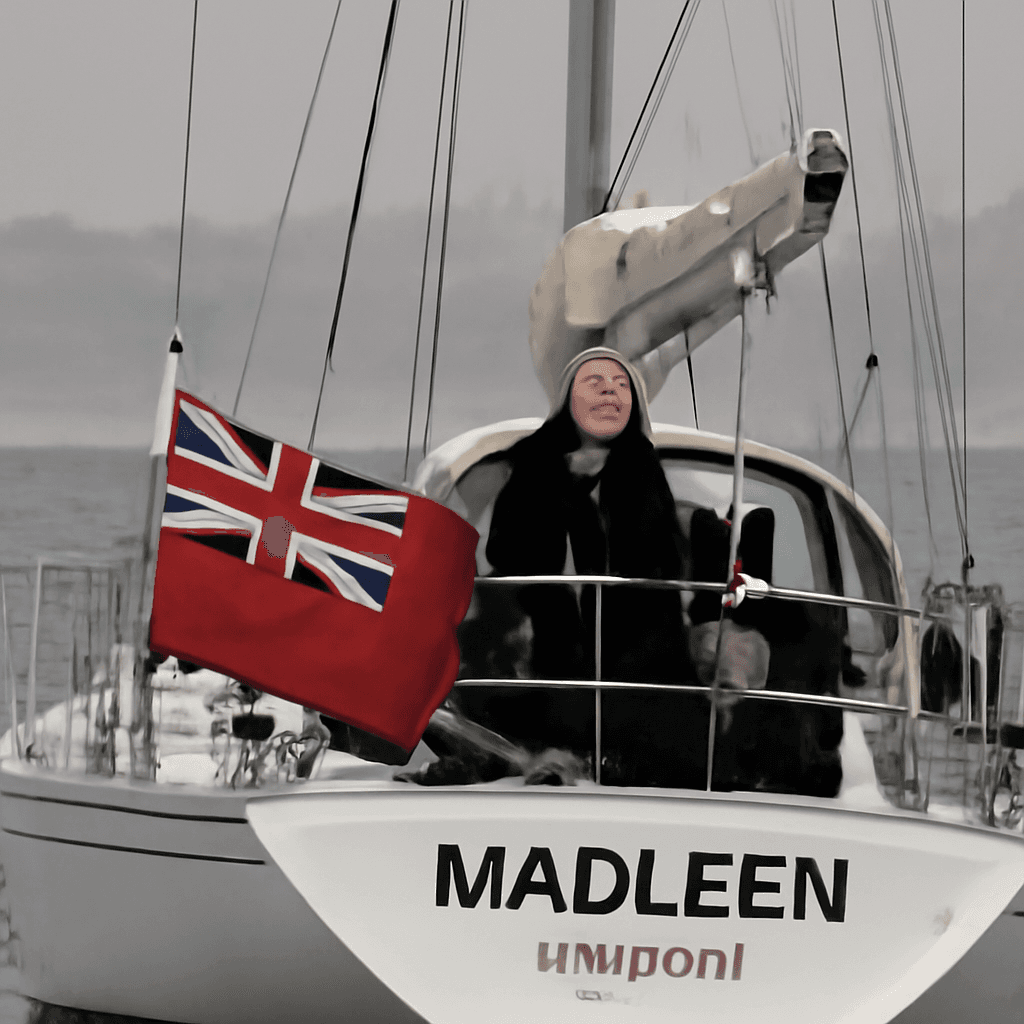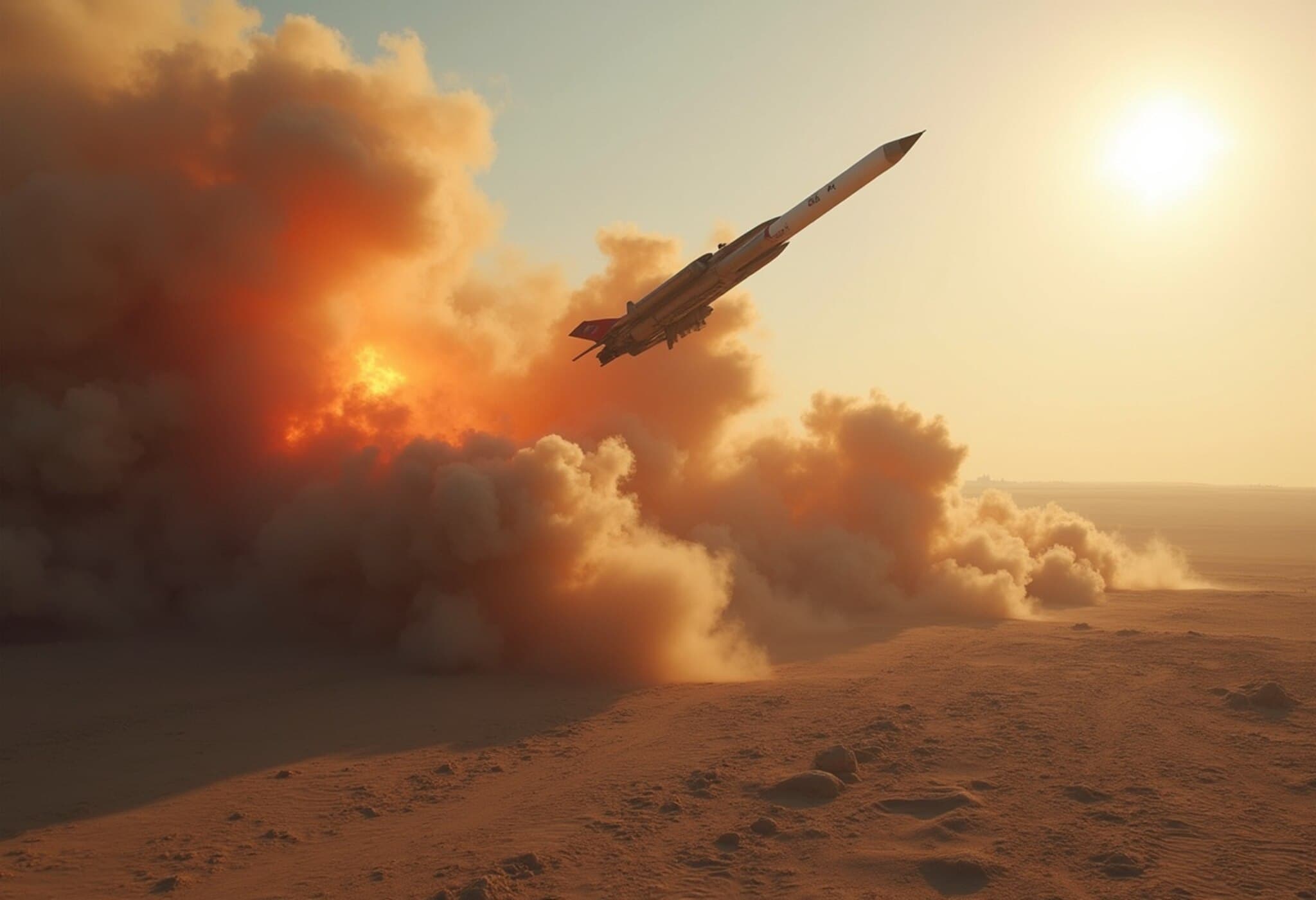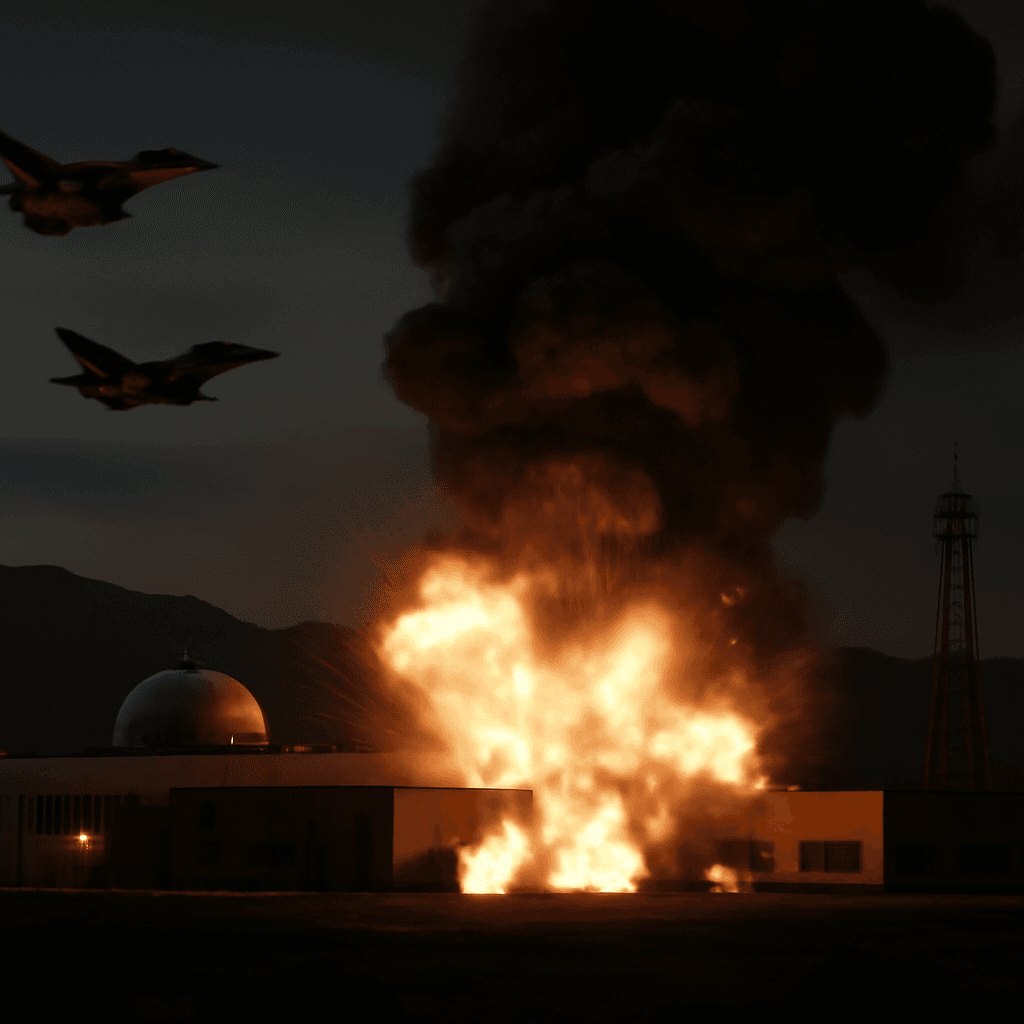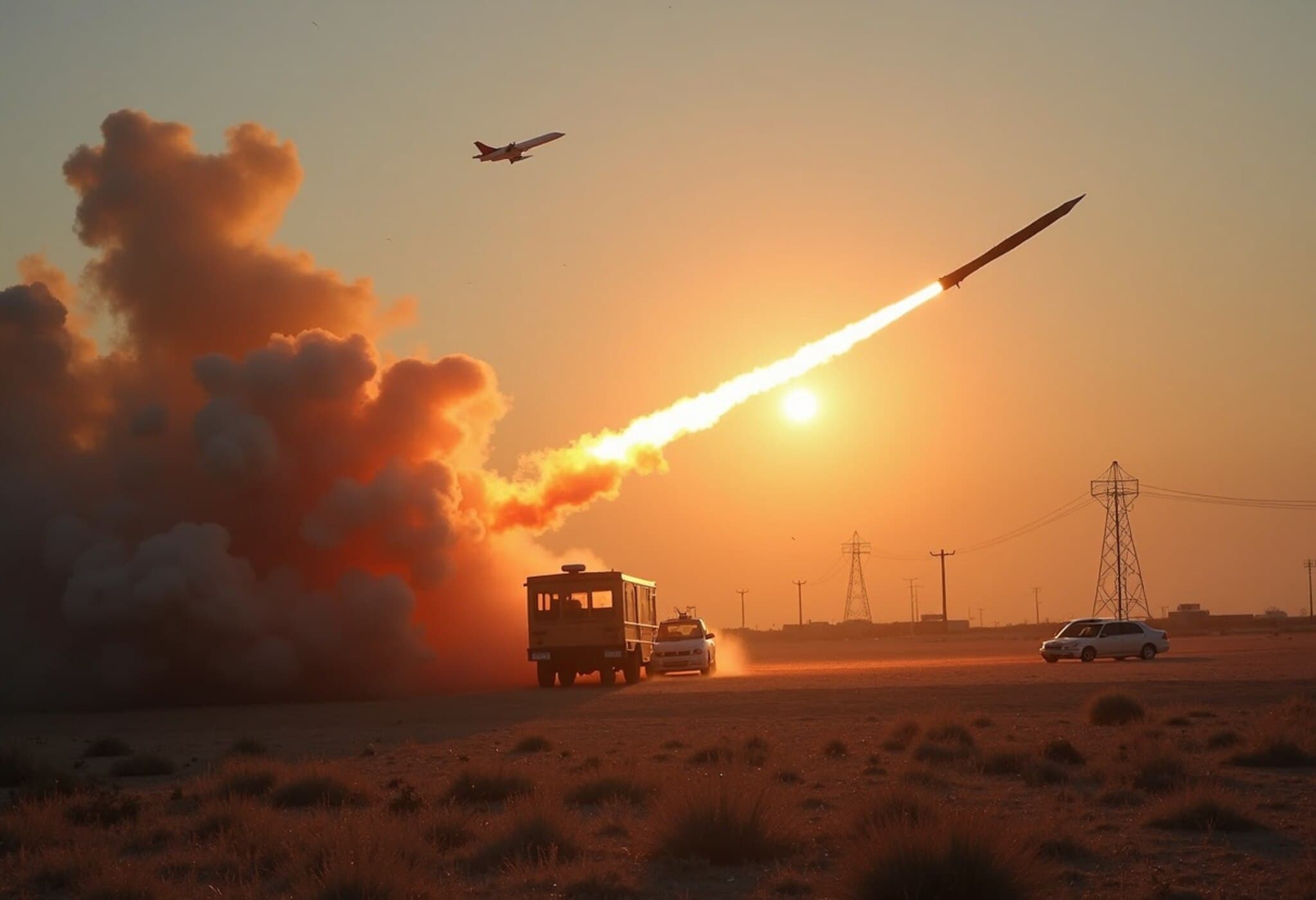Boeing 787 Crash and Rising Conflicts Overshadow Paris Air Show
The anticipated vibrancy of the Paris Air Show has been significantly dampened by two major developments: the tragic crash of Air India Flight 171, marking the first deadly accident involving a Boeing 787 Dreamliner, and escalating military tensions between Israel and Iran.
The Boeing 787 Disaster
On a scorching day, a Boeing 787-8 Dreamliner, over 11 years old and operated by Air India, crashed mere seconds after taking off from Ahmedabad, India, en route to London. Of the 242 people aboard, all but one perished when the aircraft plummeted into a medical student dining hall. The sole survivor, seated at 11A, is an India-born British national.
The cause of the crash remains under investigation, with authorities awaiting key data from the cockpit voice and flight data recorders to unravel how the plane rapidly lost altitude so evenly before engulfing in flames. Boeing's CEO, Kelly Ortberg, announced that he and Stephanie Pope, head of Boeing’s commercial airplane division, would cancel their attendance at the Air Show to focus on the investigation and support Boeing's teams.
Pratt & Whitney, the engine manufacturer for the aircraft, postponed its upcoming investor day in light of the tragedy. Boeing urged restraint against speculation until a thorough investigation is completed.
Military Escalations Add to the Cloud
Just before the Paris Air Show commenced, rising hostilities struck a chord across geopolitical lines. Israel launched strikes against Iran, which swiftly retaliated with drone attacks targeting Israeli territory. These conflicts triggered widespread flight disruptions, with aircraft either rerouted or grounded to avoid the volatile airspace.
These military developments have sharpened the focus on defense spending at the air show, while simultaneously casting doubts over the stability and growth potential of commercial air travel worldwide.
Paris Air Show: Business Amidst Uncertainty
Despite these unsettling events, industry giants like Boeing and Airbus are expected to finalize hundreds of airplane orders during the event. Demand remains robust, with wait times for popular models extending well into the next decade, driven largely by emerging markets.
Boeing predicts the global demand for commercial aircraft will reach 43,600 planes over the next 20 years, as new markets expand their share of the worldwide fleet from 40% to over 50% by 2044.
Order Dynamics and Pricing Trends
Aircraft pricing continues to firm. For instance, the cost of an Airbus A321neo rose from $58 million at the start of 2023 to $65 million by April, while a Boeing 737 Max 8 increased from $50.25 million to $55.5 million. The scarcity of new planes has also pushed lease prices higher, with a 12-year-old Boeing 737 now renting for approximately $241,000 monthly, a nearly 42% rise over two years. Similarly, an Airbus A320 of comparable age commands around $239,000 per month, marking a 50% increase.
Who’s Buying?
Industry analysts forecast between 700 and 800 commercial aircraft orders during the Paris Air Show, encompassing firm sales, options, and non-binding commitments. Prospective buyers include Ethiopian Airlines, Polish carrier Lot, Vietnam Airlines, AirAsia, Royal Air Maroc, Etihad, and Riyadh Air among others. A significant deal from China is also anticipated, possibly for fleet replacement.
However, Air India’s recent tragedy has dampened expectations for new purchases from that carrier during the show.
The Shift Toward Larger Aircraft
International travel resurgence is prompting carriers to favor larger, twin-aisle jets rather than single-aisle planes, reflecting increasing demand for long-haul routes. Airlines such as Turkish Airlines and Gulf carriers are expanding competition especially for global travelers, reshaping order trends well in advance.
Experts do not expect the recent crash to significantly impact long-term aircraft demand, noting no preliminary indications of design flaws. Still, some purchase decisions may experience temporary delays as airlines assess unfolding developments.
Looking Ahead
While the atmosphere at the Paris Air Show is undeniably altered by tragedy and geopolitical unease, the aviation sector's robust demand and evolving market dynamics suggest an ongoing commitment to growth and innovation. Industry players continue navigating these complexities, striving to balance operational priorities with pressing external challenges.

